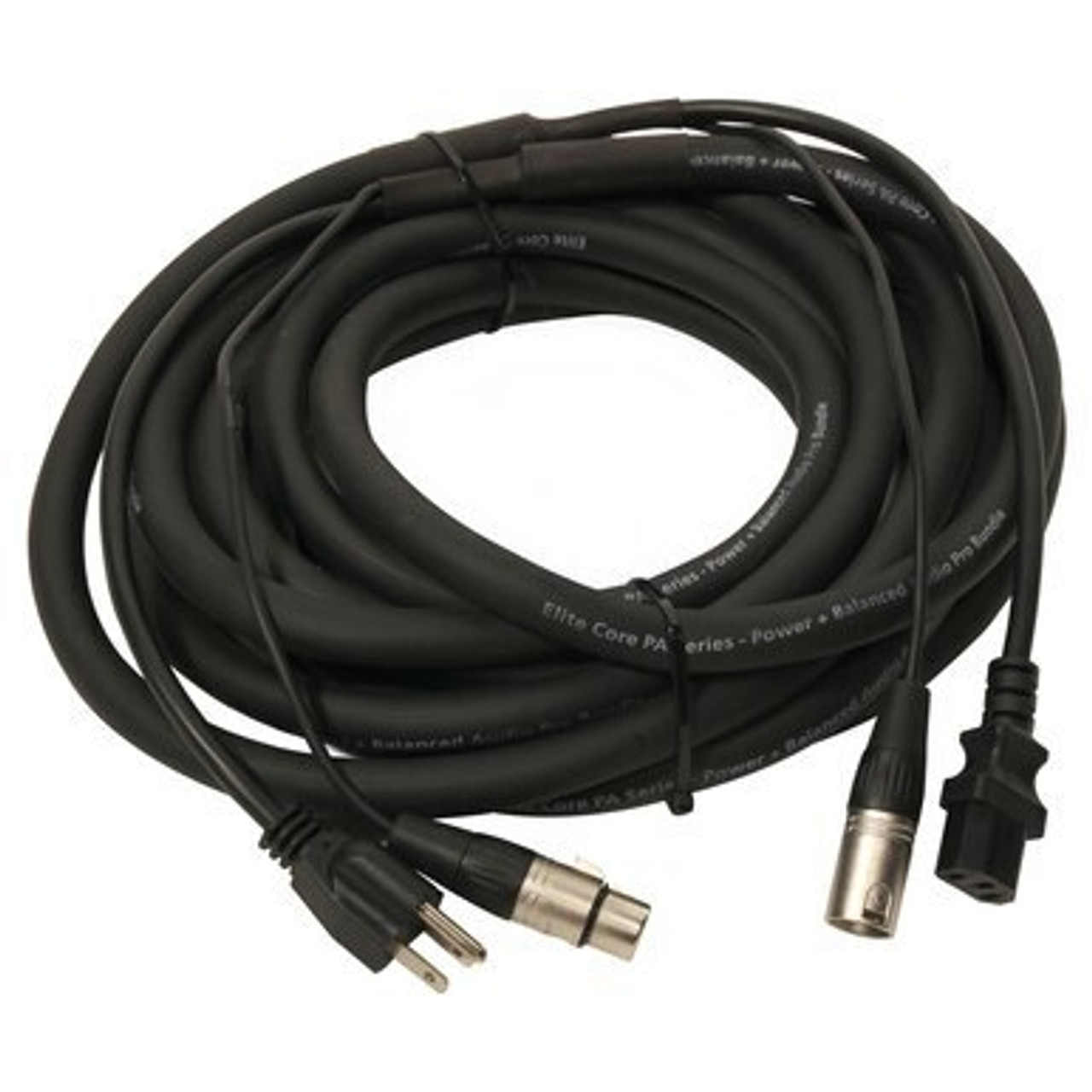Speedskater
Major Contributor
I would say that any XLR to RCA interconnect cable that has the XLR pin 1 connected to the RCA shell, should have a heavy braided shield connected at both ends.
I simply assume it is a differential amplifier output when they say balanced, which is, as you rightly say, not a balanced output, as the word "balance" means.Plus various flavors of "balanced" drivers, from fully-differential to quasi-differential to just impedance-matched (technically not a balanced output to me).
There are no real benefits.
Maybe in some special cases the 2 conductor cable will give sightly better shielding against electric fields.
But a proper Coaxial cable will give way better shielding against magnetic interference.

What makes you think this?For magnetic shielding at mains frequencies you need anyway 5mm thick copper shield to be effective...

 www.audiosciencereview.com
www.audiosciencereview.com
Not at all.It is therefore also best to keep your signal wiring as far away from mains wiring as possible.
with proper cables no problem at all:where the mains cables happily party together with the signal cables...

What makes you think this?
why 5mm and waht would you define as effective?
It would be nice if minidsp would just sell the part per their recommended wiring just as they sell TRS to XLR cables.Threads like this give me brain ache trying to understand them lol. The result, for me, is that i make every effort to pick components with connections that don't require any type of adapter.
